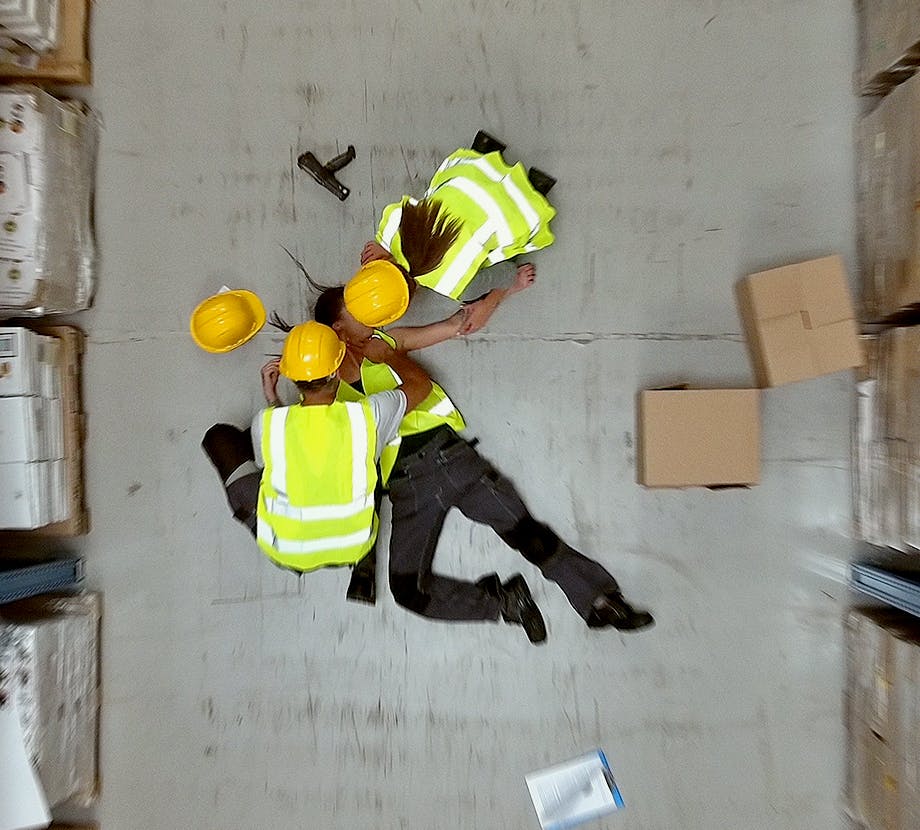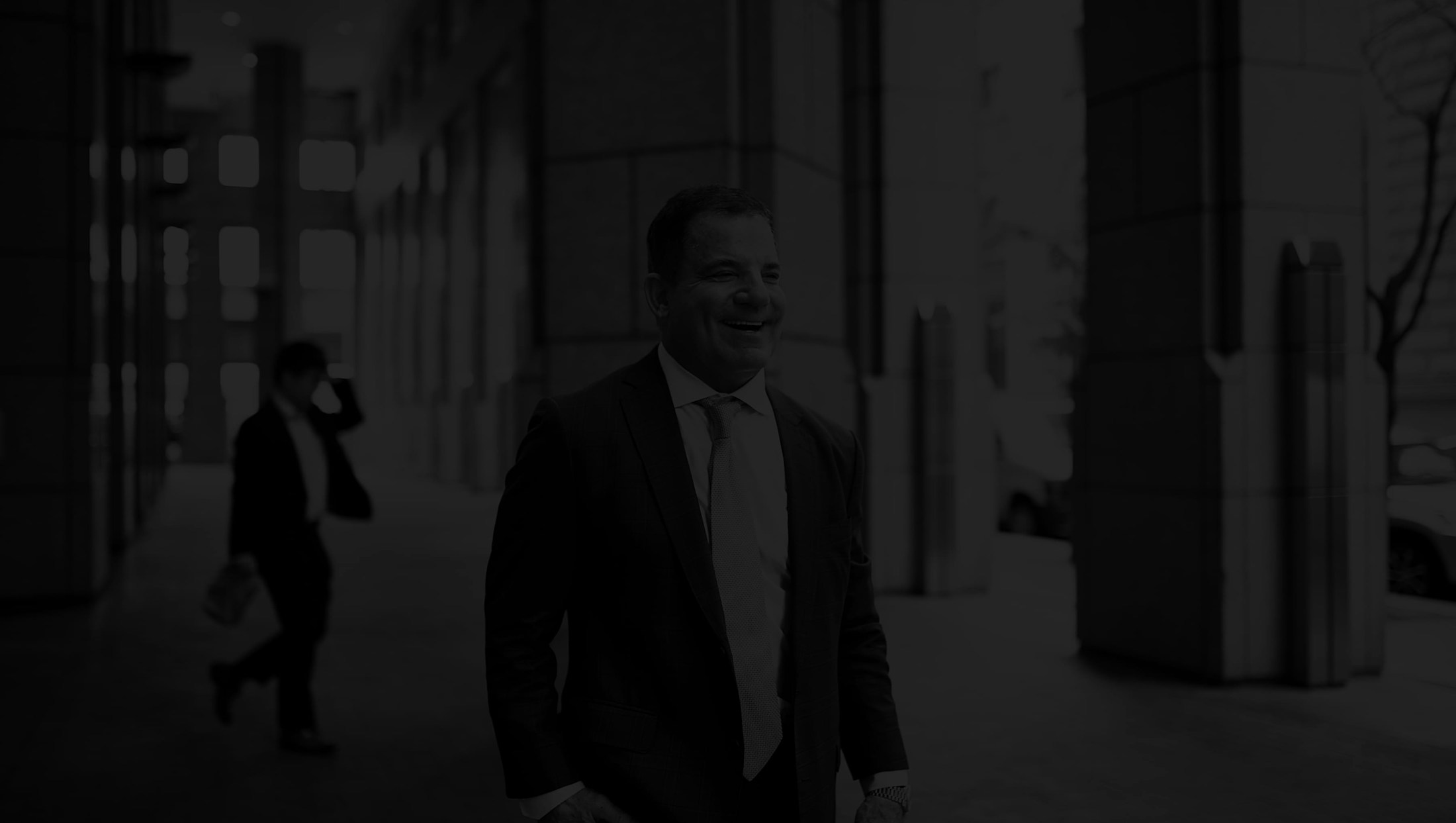Spinal cord injuries (SCIs) sustained on New York construction sites can range from mild nerve damage to permanent and complete paralysis. The classification typically includes:
Cervical, Thoracic, Lumbar, and Sacral Injuries
The level at which the spinal cord is damaged plays a critical role in the severity of the injury. Cervical spine injuries (C1–C7) are the most severe and can result in full-body paralysis and even respiratory failure. Thoracic (T1–T12) and lumbar (L1–L5) injuries typically affect the trunk and lower limbs, while sacral (S1–S5) injuries may impair pelvic organ function and mobility.






